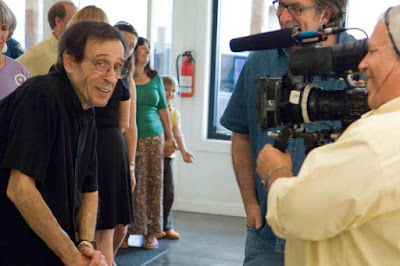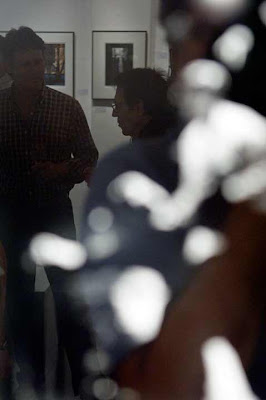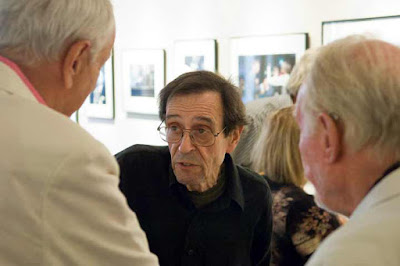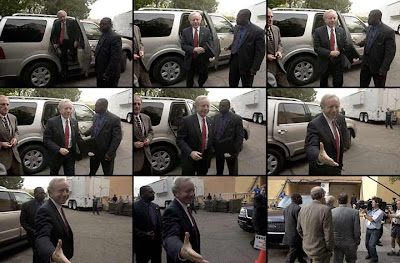I’m not big on repeating press releases, but here is one that says everything that needs being said from the White House Office of the Press Secretary.
 Recently retired Albuquerque Police Commander Conrad Candelaria, was nominated today by President Barack Obama to be New Mexico’s next US Marshal; Senate confirmation is required.
Recently retired Albuquerque Police Commander Conrad Candelaria, was nominated today by President Barack Obama to be New Mexico’s next US Marshal; Senate confirmation is required.FOR IMMEDIATE RELEASE
July 14, 2010
President Obama Names Four to Serve as U.S. Marshals
WASHINGTON – Today, President Obama nominated Conrad Ernest Candelaria, James Edward Clark, Joseph Anthony Papili, and James Alfred Thompson to serve as U.S. Marshals.
“These individuals have demonstrated an unwavering commitment to public service throughout their careers,” said President Obama. “I am proud to nominate them to serve and protect the American people as U.S. Marshals.”
Conrad Ernest Candelaria: Nominee for United States Marshal for the District of New Mexico
Conrad Candelaria began his career as a Public Safety Aide in 1985 at the Albuquerque Police Department, and ultimately rose to the position of Commander in August of 2003. Now retired after serving the Albuquerque Police Department for 25 years and holding the position of Commander for nearly seven years, Mr. Candelaria teaches part-time at the University of New Mexico, where he previously earned a Bachelor’s degree, a Masters in Public Administration, and an Associate’s Degree.







